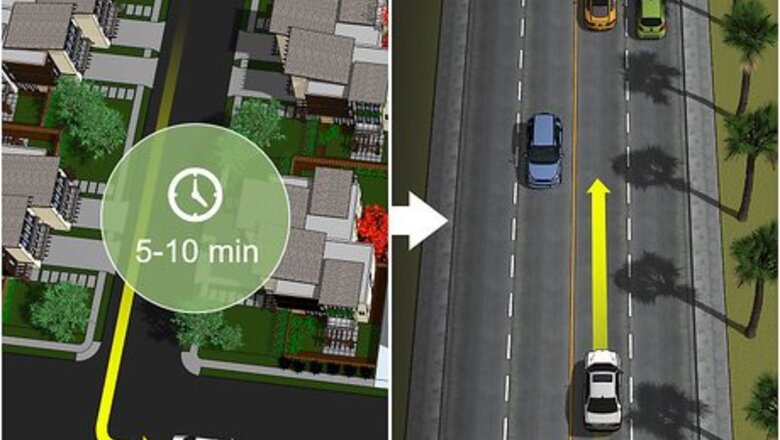
views
Taking it Easy on the Engine and Brakes
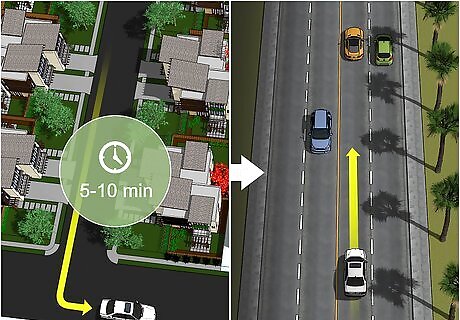
Drive slowly for 5-10 minutes each time you start out. Letting the engine “loosen up” with some easy driving each time you get behind the wheel may help it reach peak performance sooner. When possible, drive around the neighborhood before hitting the freeway or otherwise taxing the engine or brakes. Idling doesn’t count as a proper warmup — you need to drive the car. Try to keep up this practice for the first 1000 miles (1600 km). Decades ago, cars needed to be slowly and methodically “broken in” to let the engine settle into its full capabilities. New cars are built with much narrower tolerances (imperfections and the like), but simple things like warming up the engine with easy driving can still help.
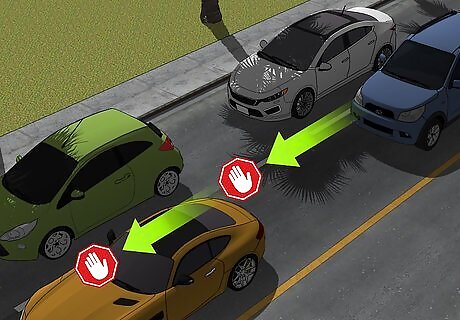
Use stop-and-go driving to wear in the engine and brakes. You may hate being stuck in traffic, but it’s actually not a bad thing for your new car. Frequent stops and starts help to smooth out the rough edges of your brakes and several engine components — for instance, the engine cylinder walls. Seek out stop-and-go driving for the first 1000 miles (1600 km) or so. Then you can look for better ways to avoid rush hour traffic!

Brake a little gentler and earlier. Normal driving conditions help wear in the brakes evenly, but limit high-speed stops and “riding the brake” unnecessarily for the first 100-200 miles (160-320 km). Also, your new car’s brakes will inevitably feel different from what you’re used to, so ease into stops whenever possible until you get accustomed to them.
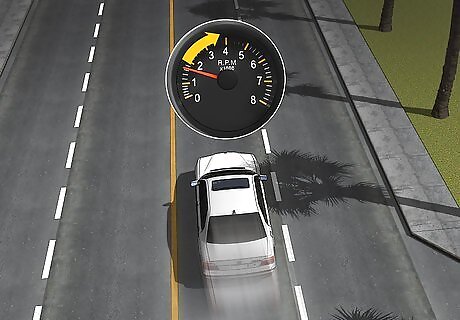
Test the car’s capabilities without maxing them out. Yes, it’s okay to drive your new car fast — the days of keeping a new car under 55 mph (90 km/h) are long gone. Feel free to use the passing lane on the highway, or to tow or carry a moderate load. But don’t test the car’s maximum speed or haul an unreasonable amount.
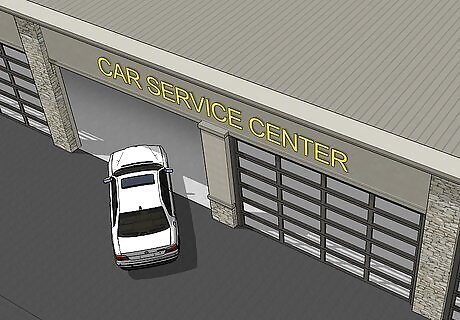
Change the oil after 1,000 miles (1600 km). Some new cars may be calibrated to run for 6,000 miles (10,000 km) or more before the first oil change is recommended. However, you’re likely to find metallic flakes in the removed oil, from the natural and necessary wearing down of rough edges and the like. And, in fact, you’re likely to find these flakes in your oil almost immediately after you start driving. Get an oil change at 1,000 miles (1600 km), then again at the first recommended mileage. If you’re really worried about grit in the oil doing damage, change the oil after 20 miles (32 km), 1,000 miles (1600 km), and then at the recommended mileage.
Getting Used to Your New Car
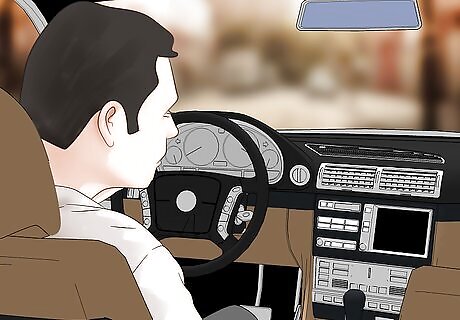
Play with the cabin controls before leaving the car lot. Sit in your new vehicle for 15-20 minutes and take stock of your new environment. Practice turning on the radio, putting on your hazard lights, adjusting the wiper speed, turning on the air conditioner, and so on. Methodically adjust the seat, steering wheel, and mirrors (in that order) until they all feel just right.

Skim through the owner’s manual while you sit in the car. Don’t wait until there’s a problem before you open up the guidebook in your glove box. If you’re not quite sure what a certain button does, or what that light on your display means, take a little time to consult the owner’s manual. Figure out what your new car can do, and how exactly you can get it to do those things.
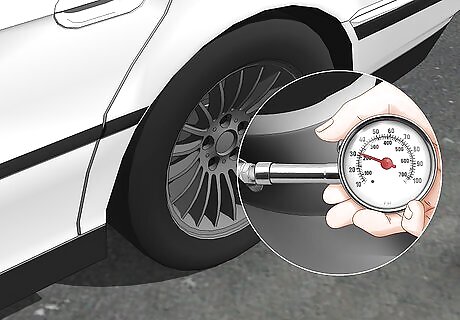
Check the condition of the tires before driving the car. Your new car should have new tires, but it’s always a good idea to check the air pressure and make sure the treads look new and even. Also, for the first 3-5 miles (5-8 km), the tires may be slightly slick due to a moulding release agent from the manufacturing process. So try to avoid high speed turns or sudden stops on the way home from the dealership.
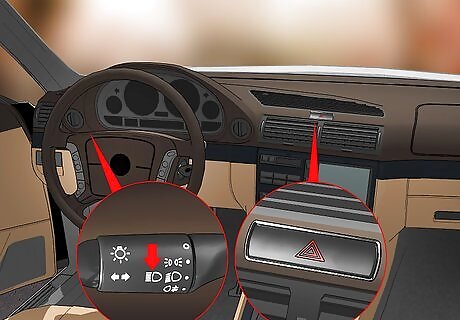
Do a safety feature checklist every time you get in the car. Give yourself a quick quiz: Where is the button for my hazard lights? How do I turn on the defroster? Where’s the switch for my high beams? What does it mean if this light is flashing? Taking your eyes off the road to figure out how to make your wipers go faster can easily lead to an accident. Especially if you had your old car for a long time, you need to erase the muscle memory of where to reach to adjust this or that, and instill new instinctive moves.
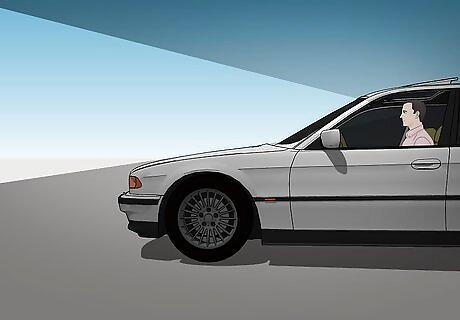
Keep checking the views from your new vantage point. Unless you bought the same model again, your new car probably places you higher or lower off the ground than before. This means your view forward and in every direction will be somewhat different. Keep making minor tweaks to your seat and mirrors during your first month or two of driving, paying special attention to blind spots. Over time, this new perspective will feel like home.
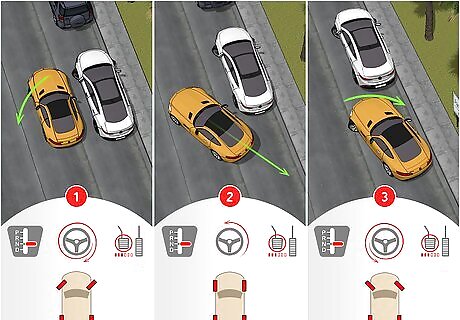
Practice your parallel parking before trying it for real. The view out of the back windshield will be different in your new car, and you won’t know exactly where your back bumper is yet. Also, since the steering, gas pedal, and brakes will all be a bit unfamiliar, it can even harder to squeeze into tight parking spots. Instead of bumping into parked cars, pretend you’re studying for your driver’s license test and set out some orange cones in an empty parking lot.
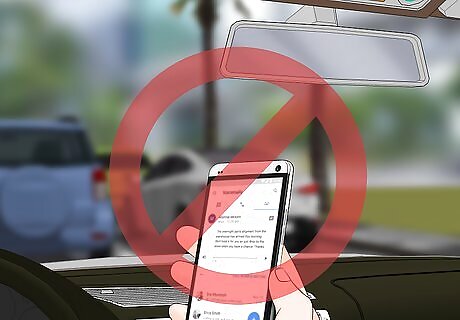
Drive safely no matter how new or old your car is. New cars keep coming out with better and better safety features, but the best safety feature is still avoiding an accident in the first place. Wear your seatbelt every time. Obey speed limits and traffic laws. Put down your smartphone and other distractions. Follow at a safe distance. Pay attention to your surroundings at all times. Adjust your driving to suit the weather conditions. Never drive under the influence of impairing substances.




















Comments
0 comment